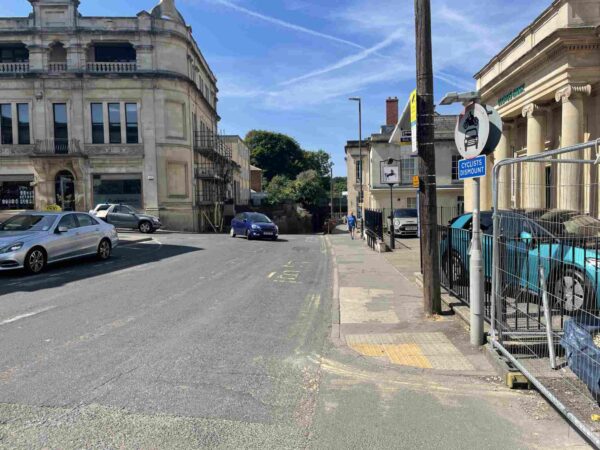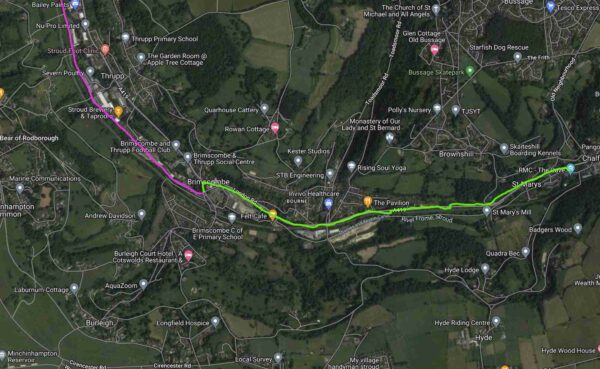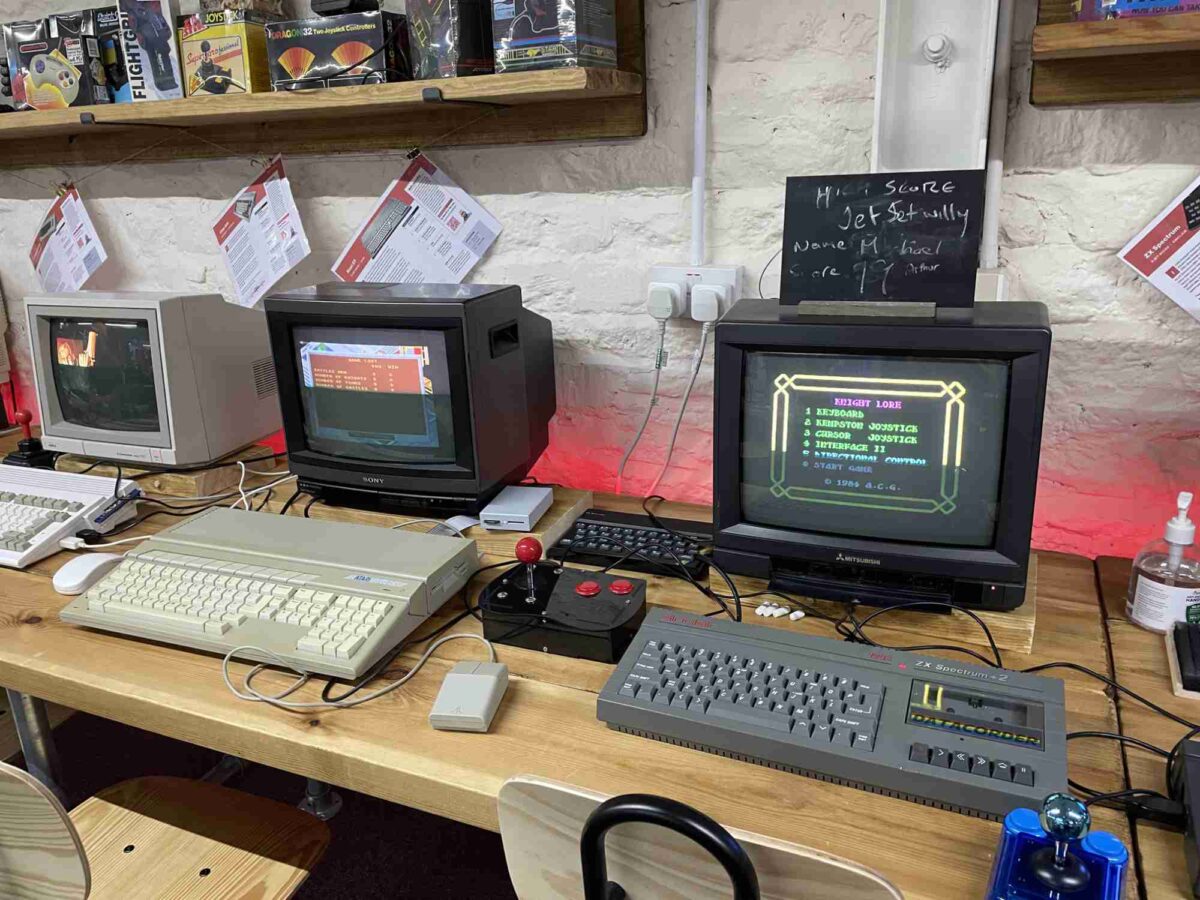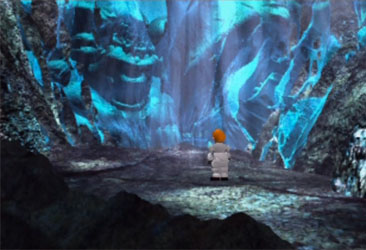I live near to the most amazing retro gaming museum called RMC The Cave, which just happens to be in my hometown in Gloucestershire.
So if you’re planning a visit to The Cave, and you’d like to get there without a car, this is the info for you. I’ll keep it up to date with any bus/path changes. Please let me know if you spot any mistakes.
Last updated: 21 January 2023.
By bus from Stroud
It’s not difficult to get to the cave by bus, but Stroud doesn’t have the public transport infrastructure that a city has, so there’s a bit more local knowledge needed. Don’t worry I’ve got you.
The Stagecoach 67 bus will take you most of the way to the cave, but there is still a ~22 ish minute walk from the closest bus stop to The Cave.
A day rider will cost you about £3.80.

The bus stop you need is outside Lloyds bank in Stroud, which is ~3 minute walk from the train station. There’s also a taxi rank next to the bus stop if you get stuck.
The buses are every 30 minutes, currently the buses to the cave do not operate on Sundays.
You might want to download the Stagecoach app for the live map and bus times. Also, since Covid there have been some regular bus cancelations, so you might want to keep an eye on the Stagecoach West Twitter account too. (As cancellations are not listed in the app).
How to get there
You’ll need to get off at Bourne Estate or Toadsmoor Road stop in Brimscombe. It’ll take about 10 minutes on the bus to get there.
Ring the bell when you see the sign for Felt Cafe (or watch for when you approach the cafe on a map app). There are no screens on the bus to say where you are and there are only paper timetables on the stops.

From here you have two options for walking (~22 minutes)
- Walk along the road to Chalford industrial estate (the traffic is a bit fast, and you will need to cross the road back and forth for a pavement, so sorry about that).
- See some lovely Stroud greenery and go along the canal tow path. To do this cross the road and follow the tow path going left past the bike shop. It could be a bit muddy and bumpy in wet weather, but you’ll have a beautiful, natural walk to the cave along between the canal and River Frome. You’ll pass through two tunnels, and there are two series of steps to go up/down.

Towpath partial closure
They’ve closed about 100m of the towpath temporarily this summer for redevelopment. If you’ve gotten off the bus by Felt Cafe, When you reach the blocked off area, follow the road under a very large tunnel, then take the steps on the right hand side (after the tunnel) to get back to road level.
Follow the road here until you can see the Pavilion (Indian Restaurant), opposite this there is a railway crossing to get back on the towpath.

The Cave will be on your right hand side (after a 20 min walk) once you emerge from the path. Follow the signs for the right entrance to use.
Getting back
The best bus stop to return from is on the same side as Felt Cafe, you’ll need to continue walking past the cafe (towards the garage) to see it. Check that the 67 bus stops there and use the live map to check you’re in the right place. Your day rider ticket will take you back to town.

Get off the bus outside Peacocks to be near the train station, failing that the next stop is at the bottom of Merrywalks (but you’ll need to walk back up the hill to get to the train station).
By Bike
The road is faster, but it’s not a very pleasant road to cycle on due to traffic speed, narrowness and people overtaking you closely.

Road
The road surface is fine, it’s a little bumpy in places. The speed limits vary from 40-60mph. It takes about 20 minutes, but it’s not a very pleasant road to cycle on due to traffic speed, narrowness and people overtaking you closely.
Please note in winter or on late nights, there is very little streetlight from Chalford to Brimscombe and you will need a decent set of lights to see the bumps in the road.
There is a steady gradient uphill for the last mile or so but I’d describe it as a nice, gentle hill (for Stroud).
Towpath
It takes me about 25 minutes to cycle to The Cave from Stroud along the towpath, it’s about 4 miles (depends on your speed).

For the towpath find the lock gate at Wallbridge (down from the Lockkeepers Cafe), after about 5 minutes you’ll eventually reach a crossroads (after a tunnel) with a signpost, follow the sign up to the right to Brimscombe, and follow the road along for a short distance to get back on the towpath.
Towpath partial closure
They’ve closed about 100m of the towpath temporarily this summer for redevelopment. So at the moment it might be best to cycle on the road from the crossroads at Brimscombe lane. Otherwise you’ll need to carry your bike through a couple gates and some steps on the towpath (follow the walk instructions above. The pavements on the road are narrow and very, very bumpy and unpleasant to cycle on, but that’s another option.
It’s a shared used path so please be sensible when it comes to speed and be kind to others. There are two spots that will require you to carry your bike up/down stairs. One of these has a step free route (but one) right by the cave does now.
I would not recommend cycling on the towpath in the dark, there are large stretches with no lights at all. The surface is very bumpy and rough in places (it starts off very tidy) so it’s not suitable for road bike tyres.
Feedback
Hope that helps, please let me know if there are any updates or if you have any issues.

















